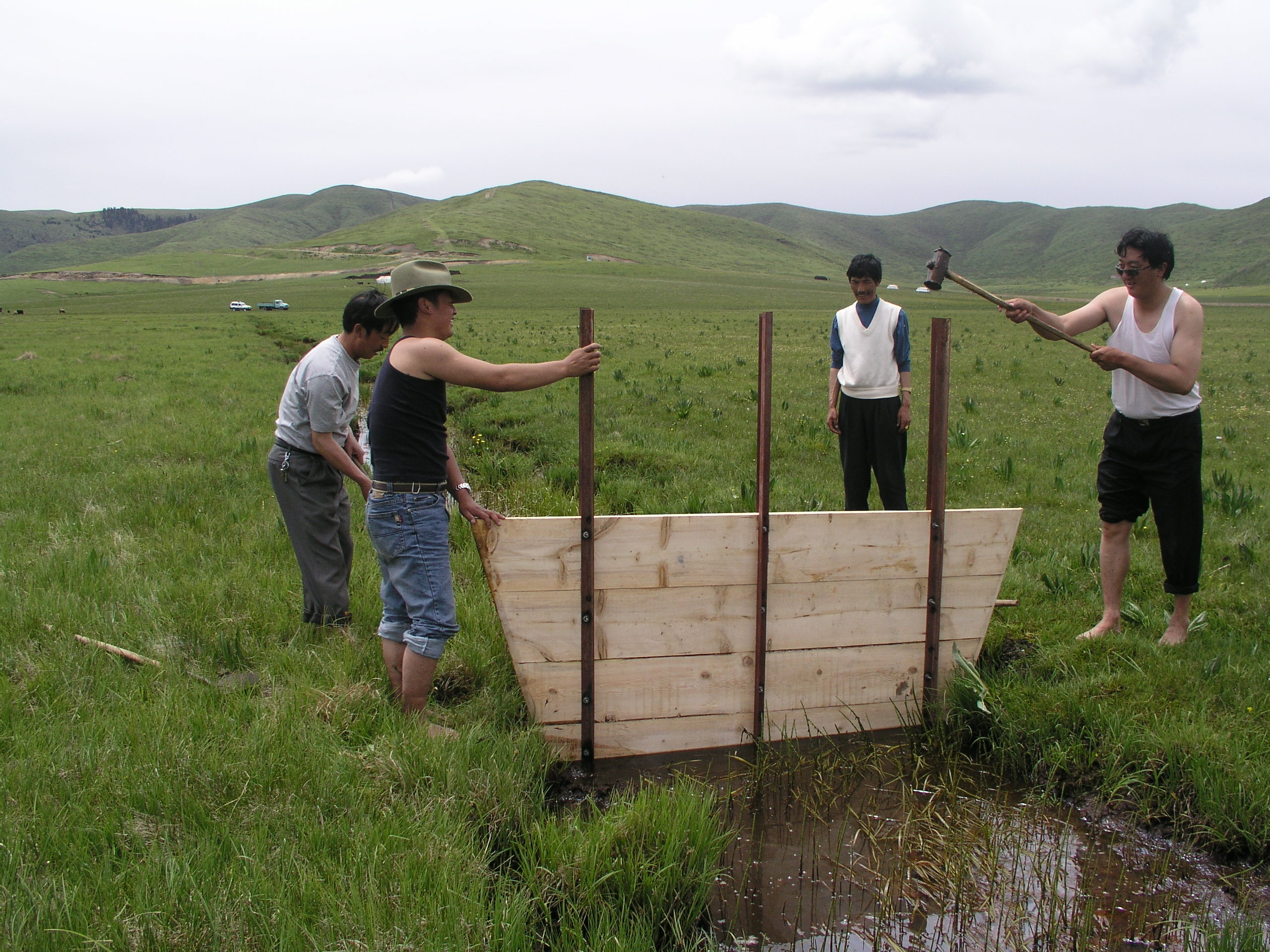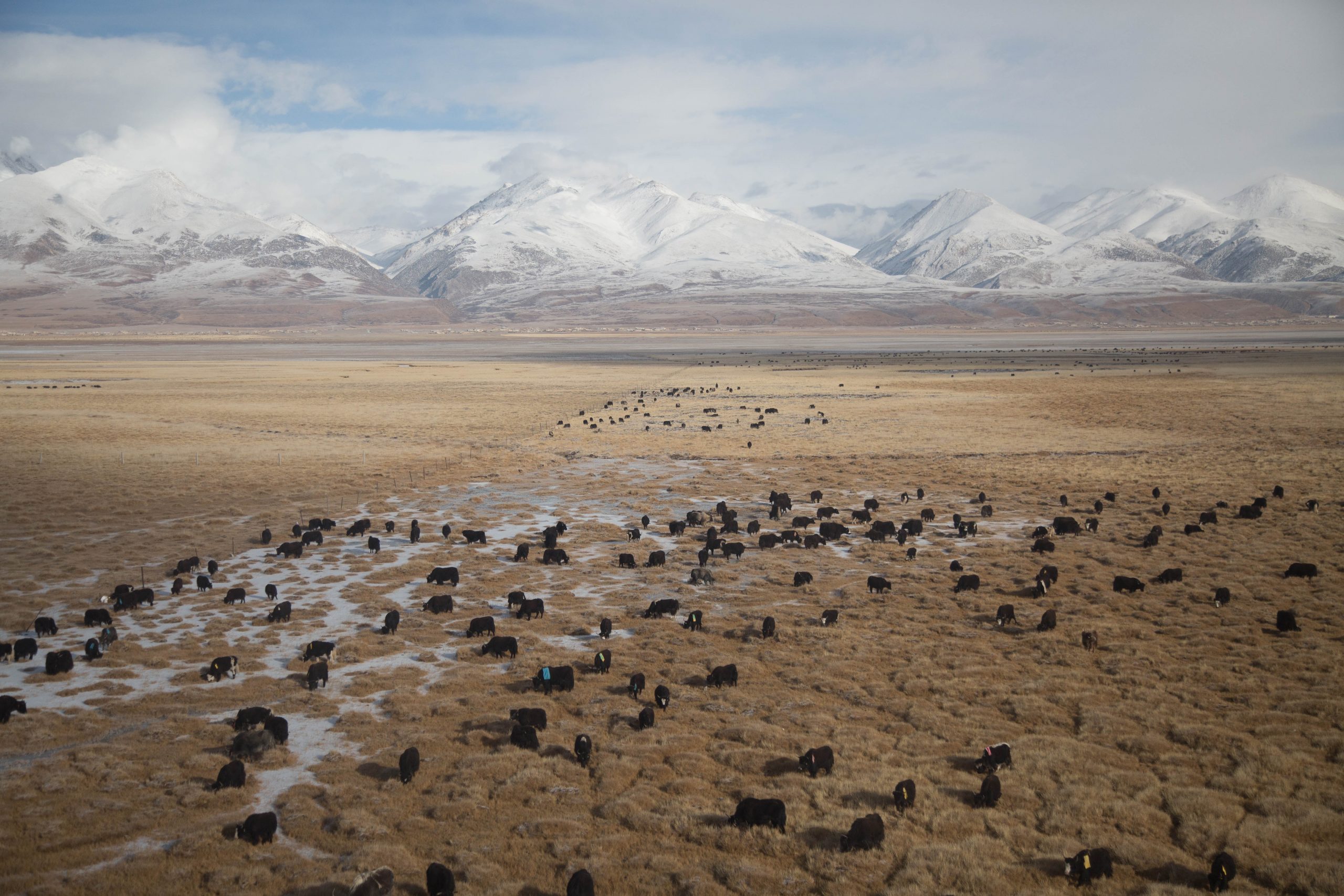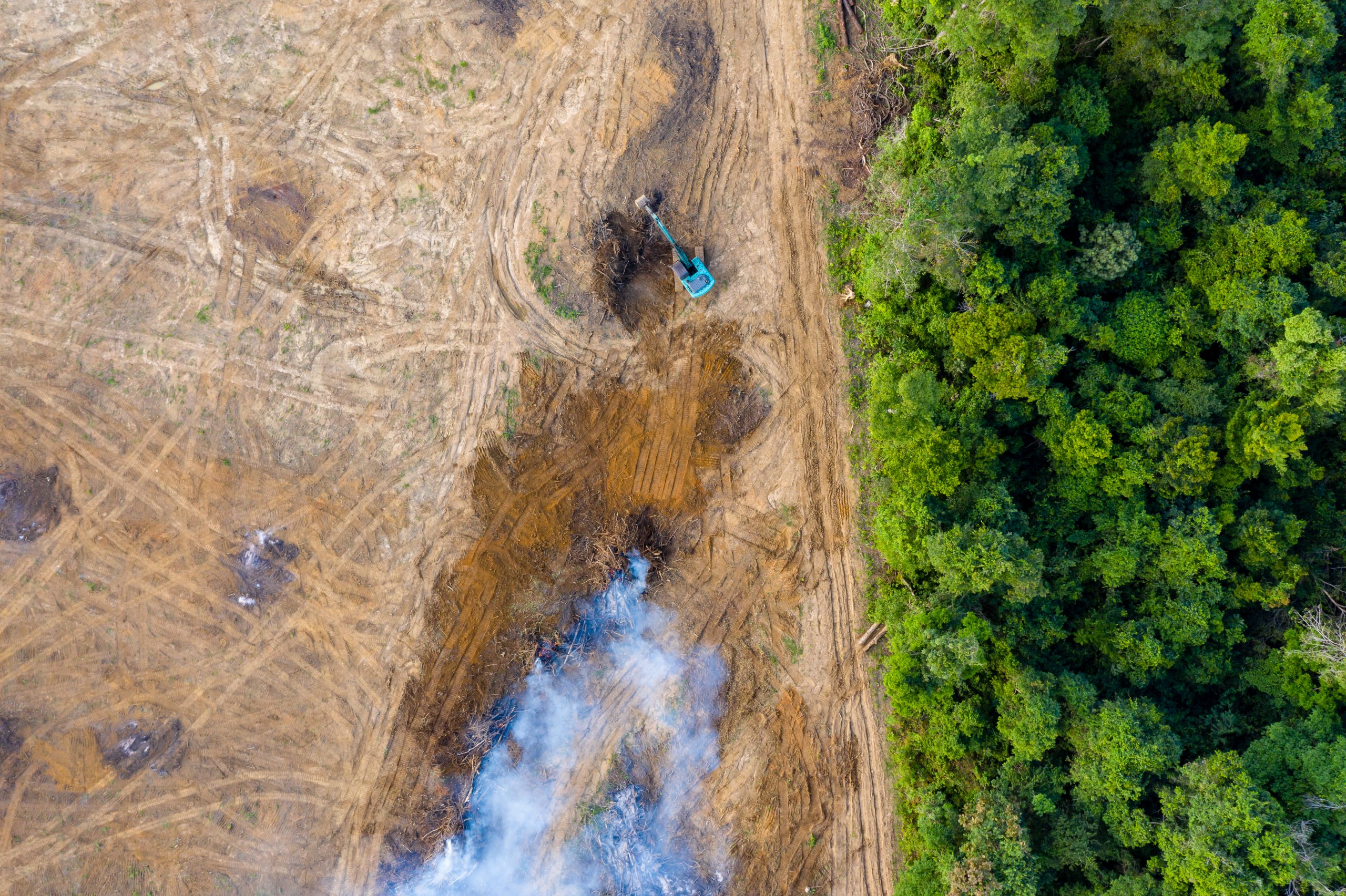RESTORING THE WORLD’S LARGEST HIGH-ALTITUDE PEATLANDS
ACHIEVEMENT
The Roeurgai peatlands on the Tibetan Plateau are the largest high-altitude peatlands in the world (490,000 ha), storing 1.9 billion tonnes of carbon. They are also the source of China’s longest rivers, the Yangtze and Yellow, providing water for millions of people. These percolation peatlands were drained for crops and fuel and severely damaged by over-grazing. The result was land degradation and the encroachment of desert-like conditions due to soil loss. This had a major impact on the water flows and sediment loads into the Yangtze and Yellow rivers.
Inspire: From 2003-2007, we worked with the Chinese and Tibetan governments to understand the extent and state of the huge peatlands and help decision-makers understand their importance. We also established a good relationship with the nomadic herders who depended on the land for their livelihoods. The trials showed the effectiveness of a wide range of restoration methods, including: hydrological management (ditch and gully blocking with peat, dams and stone) and grazing management (fencing out of sensitive areas).
Mobilise: From 2007-2010 we evaluated the impacts and effectiveness of the restoration methods and identified the most suitable means for restoration considering cost-effectiveness and local community involvement. This resulted in sustainable management plans with herders, focused on restoration and included monitoring and engagement. This resulted in the recovery of the water tables and vegetation.
Upscale: After 2010 the Tibetan government allocated 0.5% of Gross Domestic Product to sustainably manage and protect the peatlands, largely through direct funding to the herders and local communities to maintain the ecosystem. This created an increase in eco-tourism and the Roeurgai became a National Nature Reserve and Ramsar Convention Wetland of International Importance, boosting the local economy.



